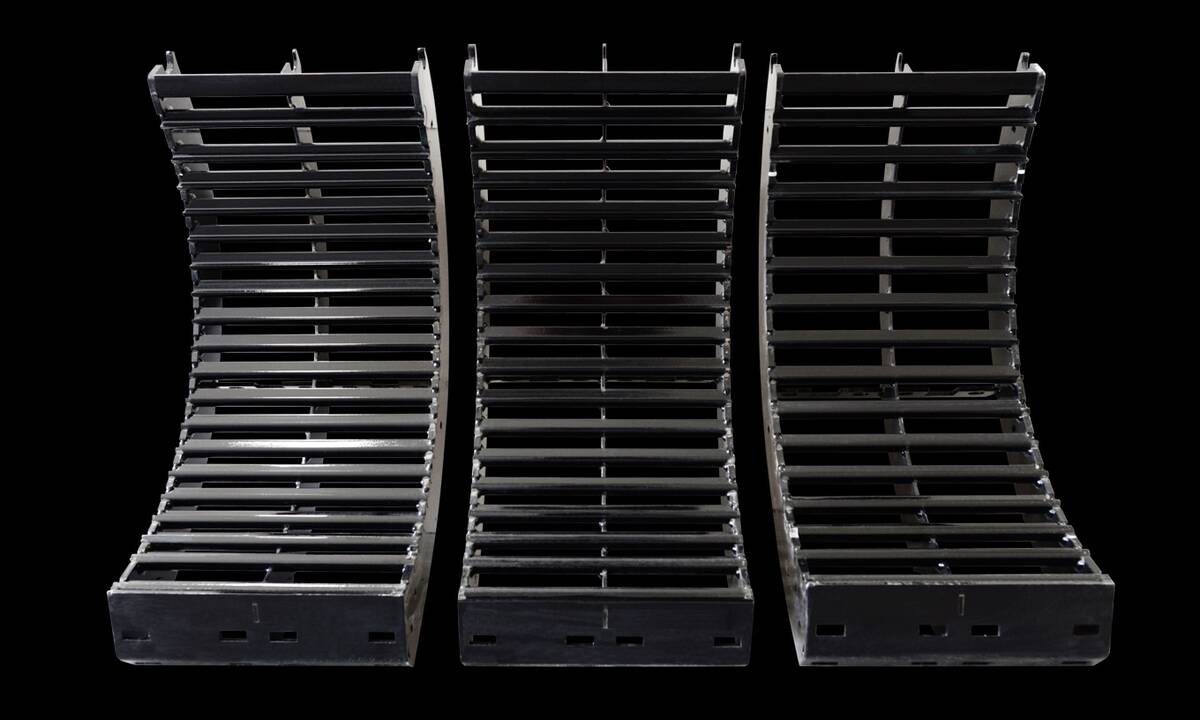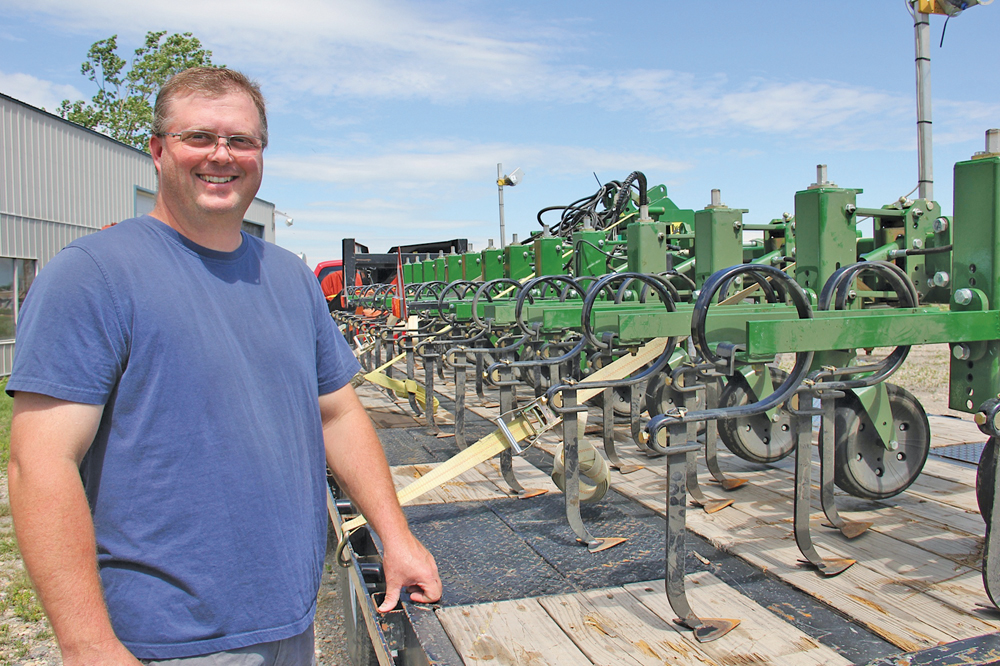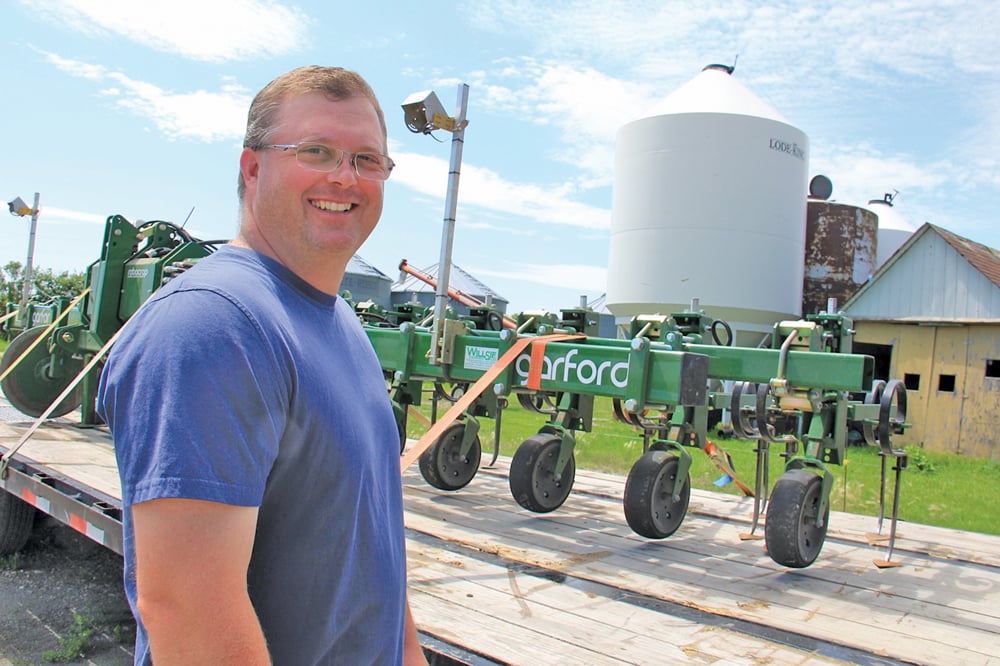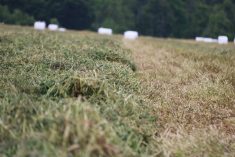Jeremiah Evans has a new high-tech hand helping him control weeds on his organic farm.
Last fall the Somerset-area farmer took delivery of a custom-built U.K.-manufactured Garford Robocrop in-row cultivator, which uses special software to identify and target weeds, leaving the crop behind.
After seeing what it could do to his wild oats, thistle and quackgrass this spring, he’s convinced he’s found a solution to his weed problems.
Other farmers seem equally impressed with the new means of killing weeds.
Read Also

MANITOBA AG DAYS 2026: Stacked equipment category expected at Innovation Showcase
Ten of 28 Innovation Showcase entries at the Manitoba Ag Days 2026 farm show Jan. 20-22 in Brandon are in the equipment category.
“I’ve had a few tours to the farm this summer,” he said. Those watching the 22-foot cultivator yank out weeds between his 6-1/2-inch row field crops is calling this “a complete game changer for the organic industry.”
“Everyone is pretty excited about it,” said Evans, who gave a brief talk at the Organic and Ecological Farming Systems tour at the Ian N. Morrison Research Farm at Carman July 15.
“I think it’s going to change organics in Western Canada. There’s good potential in organic, but the weed competition always seems to take that potential out.”
Evans, 38, who is also an electrician, has farmed 500 acres organically just west of Somerset since beginning to switch out of a much larger conventional farm operation in 2004, his health bothered by chemicals.
Better way
Any new and relatively effective mechanical means to control weeds is bound to be welcomed by organic farmers, whose weed problems can quickly get out of hand despite using careful rotations, use of cover crops, or increased seeding rates.
Evans said what prompted him to seek alternatives was a combination of his own mounting frustration with narrow windows to harrow, which he’s largely relied on for weed control, plus a question raised at last year’s Carman field tour — “Isn’t there another way to control weeds after seeding?”
“I started searching on the Internet and stumbled across this watching YouTube videos,” he said. A few conversations with the U.K.-based manufacturer and a long look at his own fields’ weed patterns convinced him this approach might work.
“Harrowing needs to be done within a matter of days and I wasn’t getting the timing perfect,” he said.
Admittedly, making that first day out with the Robocrop was dicey too, wondering just how precise it would target his weeds and not his crop.
“I think it took about three hours to make the first outside round… I was just constantly checking, and you have to get the cameras set up so they follow the rows properly,” he said.
But any fears of ripping out his newly planted field were quickly dispelled.
Pattern recognition software
The cultivator is guided by two video cameras that use colour and pattern recognition software to identify the weeds and control the weeding rotor that takes them out.
It is extremely precise, says Evans, adding that the company’s own claim is it is accurate to within three-eighths of an inch (10 mm).
“This is more accurate than RTK GPS which is only accurate to one inch,” he said. He has used it on crops of peas, mustard, beans, wheat, barley and flax. He can cover between 10 and 12 acres an hour.
Evans said he’s impressed with its ability to consistently cut down weeds, regardless of what height they’ve reached, while leaving the crop behind.
“I’m very happy with the way it’s performing and the job it’s doing.”
He has set up test plots to determine what his new weed control measure will do for yields. But at this point in time he’s already convinced the $80,000 purchase was justified.
“A yield increase of a bushel an acre will justify the cost,” he said.
The cultivator was purchased from Willsie Equipment in Ontario.
Evans planned to have it at Saskatoon’s Ag in Motion show this week.
















